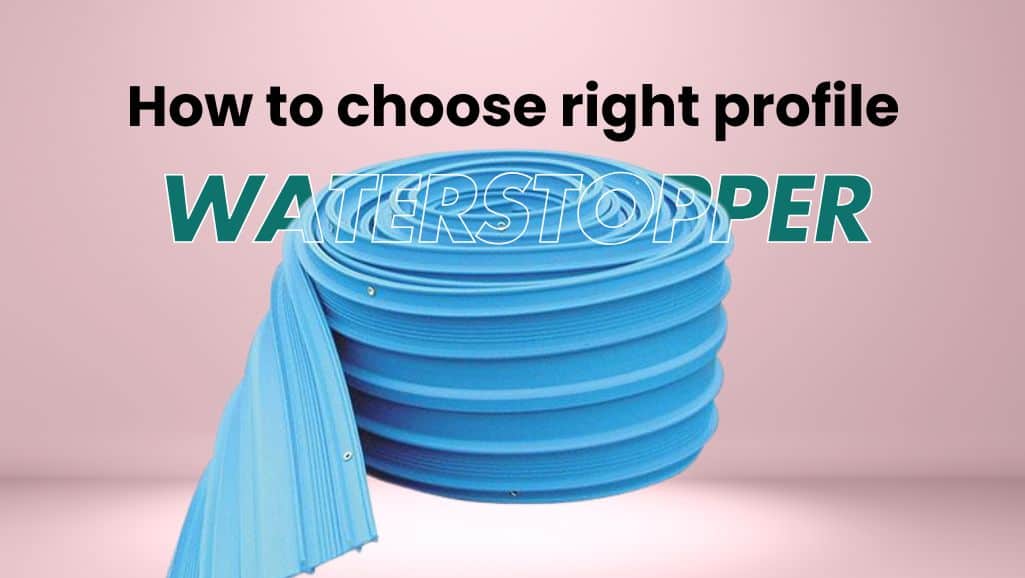
Account

PVC water stoppers play a critical role in maintaining the waterproof integrity of construction joints in projects exposed to water. Whether you are working on a foundation, water tank, or tunnel, selecting the correct PVC water stopper can make all the difference in the durability and performance of your structure. Here are some key factors to consider when choosing the right PVC water stopper for your project:
PVC water stoppers come in various profiles, each designed for specific applications:
Choosing the right PVC water stopper is essential for ensuring the waterproofing and durability of your construction project. By understanding your project requirements, selecting the appropriate profile and size, and prioritizing material quality and compliance, you can achieve a reliable and long-lasting solution. Collaborate with experienced suppliers like ibeam to access high-quality PVC water stoppers tailored to your construction needs.
Let’s build stronger, leak-free structures together!
Your one stop solution for all your construction needs.
Tailored made solutions for your requirements
Prompt, Precise and Guaranteed timely delivery, every time.
Personalized assistance and expert guidance every step.
ibeam: Your Trusted Partner for Quality Building Materials
Streamline your procurement process with ibeam’s extensive product range, reliable supplier network, and seamless online experience. We deliver unbeatable value, top-tier quality, and on-time delivery—empowering contractors, builders, and traders across the Middle East and African countries.
+971 55 778 3469
Website & Digital Marketing: KVN Promos

